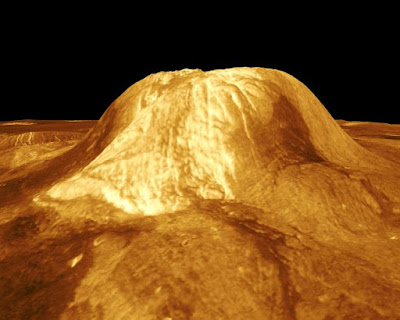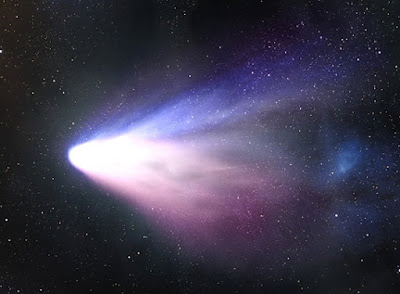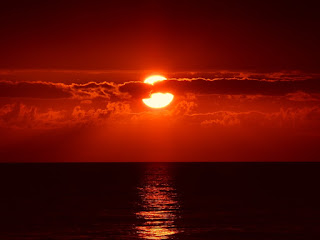Our Solar System is Young

We have been examining reports on various celestial bodies and seeing how scientists are frequently baffled by their signs of youth. If the solar system was billions of years old, there should not be a heap of geological activity. Pluto, for example, is surprisingly active . Those articles are interesting and even fun, but today, we will get a broader view. Computer simulation of Gula Mons on Venus Credit: NASA / JPL (usage does not imply endorsement of site contents) Even using dates assigned with secular presuppositions of cosmic evolution, various objects are not as old as they "should" be. We have craters and volcanic activity on Venus, the rings of Saturn are on the young side, our own moon shows signs of volcanism, planets are warmer than expected after such an allegedly long time, short-term comets should not even exist, and more. One ineffable humbug insists that a possible interstellar asteroid (which is now considered a comet ) overturns all of young ea...





,%20usage%20does%20not%20imply%20endorsement%20of%20site%20contents.jpg)












